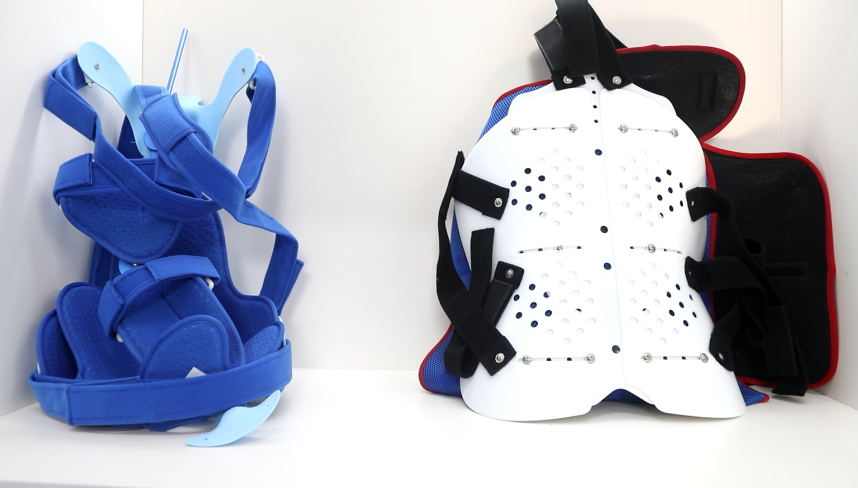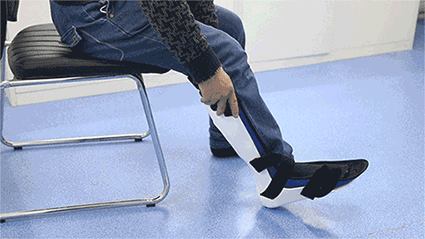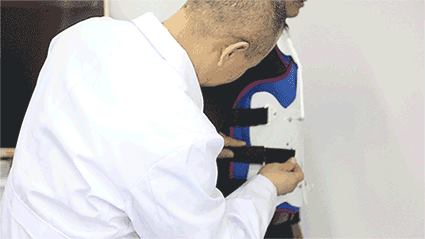News Center |

In order to give the patient with the best orthoses as much as possible, orthoses technicians dealing with physical disabilities patients make comprehensive inspection, make the correct diagnosis, and according to the cause of disease, physical deformities, the pathological conditions such as muscle paralysis were analyzed, and determine the purpose of using brace, brace the specific form and patients wearing orthoses time and so on.
In the whole process of treating patients with physical disabilities, nurses, physiotherapists and orthopaedic surgeons should cooperate with each other, take patients with physical disabilities as the center, accurately execute the prescription of orthopaedic devices, and do a good job in the assembly and inspection of orthopaedic devices.
Orthopaedic prescriptions should clearly indicate the following:
1. Diagnosis of disease, location and degree of spinal or limb disability;
2. The purpose of using orthosis, the orthosis covers parts of the body;
3. The basic structure of the orthotic appliance and its working parts;
4. Type of orthotic hinge (single-axis, multi-axis, other), material used, shape and range of motion.

First, the elements of orthotic prescription
The patient's personal information is recorded at the top of the prescription, including name, ID number, address, phone number, age, sex, diagnosis and when the prescription was written. This information is important for planning and evaluating the development of a patient's pathologic biomechanical state. A correct diagnosis and history allows the healer to determine possible changes in the patient based on the natural history and pathology of the disease. If the patient is known to have poliomyelitis, spinal cord injury, stroke, traumatic brain injury, diabetes, etc., the healer may consider the possibility of impaired muscle strength, loss of sensation, altered muscle tension, and deformity.
The body text of orthosis prescription is the main part. Of course, it is not enough to indicate the name of orthosis (such as "leg orthosis"), but it is not necessary to give a detailed description of the size, shape and placement of each component of orthosis.
Acronyms such as AFO, KAFO, WHO, along with brief descriptions of therapeutic and functional purposes, are sufficient to enable the orthotic technician to apply his knowledge and techniques to the design and fabrication of orthoses. In KAFO, overextension stops at -10º and the end of the touchdown phase limits dorsiflexion at 15º and allows regulation of growth.

Second, the reason
The rationale is to state why orthotic treatment is necessary and for what purpose. Treatment objectives can be divided into prevention or correction of malformations, protection of weak or painful musculoskeletal segments, improvement of function, and so on.
The purpose of orthotic treatment, determined after a pathologic biomechanical analysis of the patient, is often used as justification for orthotic treatment. For example, patients with end-standing hyperdorsiflexion due to triceps weakness may need AFO to limit hyperdorsiflexion. The reason for orthosis in this case is that, without AFO, the patient is at risk of falling down and overstretching the diseased triceps in the calf, which may lead to incomplete recovery.
Copyright © 2015 USA-YOBAND. All Rights Reserved 沪ICP备09003269号